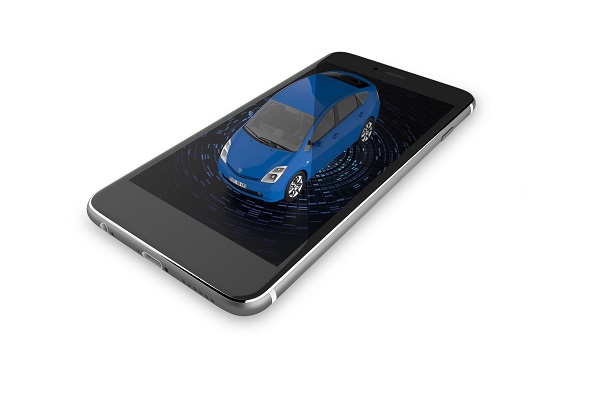Portugal Telecom and SFR are in line bring the first 3D holographic smartphones to Europe after parent company Altice signed a strategic partnership with HP’s technology spin-off Leia.
The combination of Leia’s RealityTM technology platform and Altice’s content and media ecosystem could see consumers offered the likes of 3D selfies, holographic video communication, games and other bespoke apps.
In a statement, Leia said it uses “Nano-Photonic design and manufacturing” to provide the holographic experience that allows consumers to manipulate virtual objects that are projected into mid-air.
The companies stopped short of providing a timeline for when the devices could come to market. Alongside its opcos in Europe, Altice said Israel’s Hot Mobile and Orange Dominicana are set to get the devices.
Earlier this year SFR went on a content acquisition spree as it looks to redefine its telco business.
David Fattal, Leia Founder and CEO, said: “With the convergence of the cloud, connectivity and artifical intelligence, the world if rapidly evolving under our eyes. Combining Leia’s holographic platform with Altice’s impressive content, service and media ecosystem, we are poised to give our cuistomers the best possible experience for the digital age.”
Patrick Drahl, Founder and CEO of Altice, said: “This partnership with Leia and David represents a major step in our strategy of innovation to build a new experience for our customers.”
Holograms have been seen by operators and vendors as just one of the functionalities of forthcoming 5G networks. SK Telecom and Ericsson said the technology would form part of their 5G research last summer.
Amazon was the first company to experiment with 3D display on a smartphone, with its Fire Phone device that was launched in 2014.
However, the handset was short-lived with Amazon discontinuing it last year after announcing a $170 million write-down in costs associated with the device.



